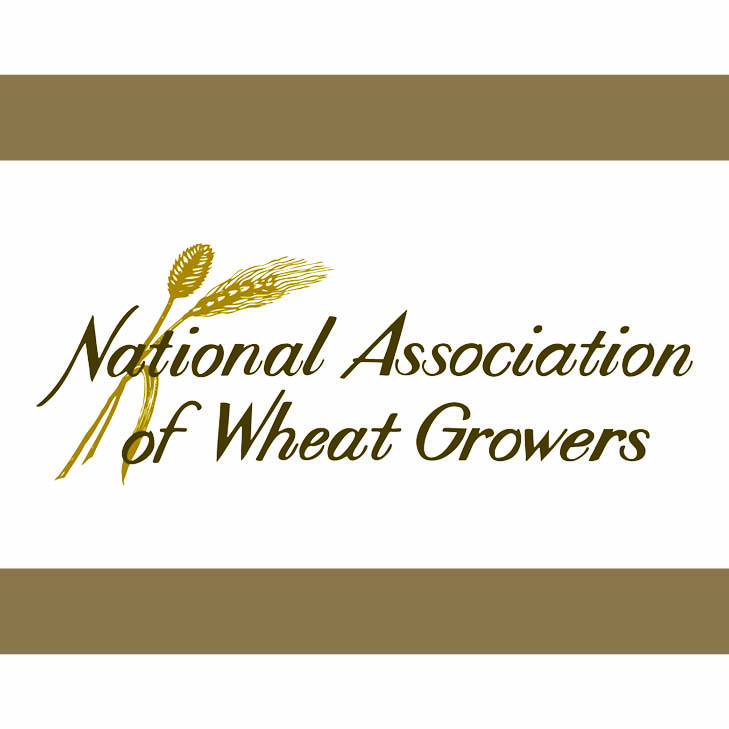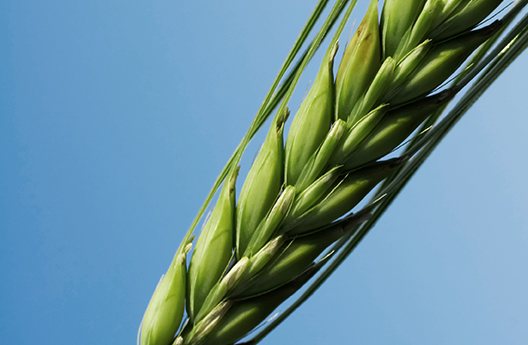By Jack Money, Excerpted from “The Oklahoman” with Permission
This time of year, talk about wheat always focuses on the harvest. Researchers at Oklahoma State University and land grant universities across the country aren’t focused on what’s being cut this year, though. Instead, they’re thinking about the complex testing they never stop doing to develop the future wheat varieties farmers will want to grow.
Historically, they’ve geared their work to develop wheat varieties that can hold up in drought conditions and are resistant to insects or disease. They’ve also worked to develop dual purpose varieties that can be grazed early on and still grow quickly enough to provide a decent yield for harvest at the end of each year’s growing season.
Now, their focus is shifting somewhat to developing varieties that have the milling and baking qualities the … food industry desires. Achieving that, they say, will give farmers who grow those varieties the ability to make better money at harvest time — something they hope will encourage more farmers to invest a little more to plant certified seed in their fields.
Sales of that certified seed generates revenues to support further research, something that’s a key part of keeping Oklahoma’s wheat industry strong, those researchers say.
“We want to see farmers go more for growing the grains that millers are looking for, where they are sourcing wheat grown from a particular region of the state,” said David Marburger, a small grains extension specialist and assistant professor at Oklahoma State University (OSU). “In a world where we have a lot of wheat, we need ours to start floating toward the top,” Marburger noted. “Right now, people are buying our wheat at a discounted price and that costs our economy money.”
In nearly three dozen wheat fields across Oklahoma this year, plots of various wheat varieties were planted and then grown to maturity to both analyze the varieties’ performances and to give wheat farmers an opportunity to consider planting them. Marburger made his comments, for example, at a test site on wheat farmer [and past USW Chairman] Don Schieber’s land near Ponca City as he and other researchers discussed the strengths, weaknesses and genetic origins of more than a dozen wheat varieties grown at the site.
The breeding program is overseen by Brett Carver, who joined OSU in 1985 to begin a research and teaching career in quantitative genetics and wheat development. In 1998, he assumed leadership of the university’s wheat improvement team, becoming just the third person to lead the group since the program began in the mid 1940s.
Before that, farmers used to develop new varieties of wheat on their own, and early on in the university’s program, researchers pollinated two kinds of wheat just to see what might result. Later, that evolved into crossing varieties of wheat to create a new variety containing positive characteristics from both.
Now, genetics are playing a bigger role. Carver’s wheat improvement team, for example, includes three molecular geneticists, an entomologist, a plant pathologist and other specialized researchers.
“The program I direct is all about developing the lines that become varieties. It is a long, complicated process and one that you just don’t want to start and stop. You have to keep it going,” Carver said.
The process to develop a new hybrid starts, he said, with his improvement team and its technicians working in greenhouses to cross pollinate varieties of wheat to get something new.
“You have to go against the grain, both literally and figuratively, because you have to force it to do that,” Carver said. That requires the removal of the male parts of the plant on one type of wheat, and then fertilizing the plant with pollen from another. And it all has to be done by the hands of researchers and their technicians, “like bees moving pollen from one plant to the other,” Carver said.
The team seeks to make more than 1,000 cross combinations each year, then evaluates mature plants to see if they are worth further research. If one is worthy, the team spends another five to six years to get the plant ready for field tests, and those take anywhere from three to as many as six years to complete. On average, OSU’s team spends 11 years creating and testing a new variety, Carver said.
“When it’s released (made commercially available to wheat growers), it’s like putting out a song and making it available for public use, but it is still going to be researched and evaluated,” Carver said.
Mark Hodges, executive director of Oklahoma Genetics Inc., handles the business side of wheat research in Oklahoma. Oklahoma Genetics, Inc. is an education nonprofit that promotes the stewardship and publicizes and markets the use of certified varieties of wheat. It also promotes educational programs and scientific research for the benefit of crop producers and markets, and supports plant breeding programs designed to meet current and future consumer demands.
Hodges said Oklahoma Genetics was formed in 2005. It also works with OSU and the Oklahoma Wheat Commission to educate farmers about wheat varieties produced by the university’s research, and to distribute certified seed from those varieties so they can be sold to farmers.
Seed sales generate royalty revenues that flow back to the university [and other organizations that may hold patents].
“That’s extremely important, because it supports the efforts of Dr. Carver and his team to develop new varieties,” Hodges said.
The university also receives money collected from wheat growers by grain operators at harvest for the Oklahoma Wheat Commission’s checkoff program, which captures 2 cents per bushel of harvested wheat.
Mike Schulte, executive director of the Oklahoma Wheat Commission, said the checkoff program [funding goes in part] to OSU to support its wheat research program.
“I think it really is impressive to see the commitment made by Dr. Carver and the wheat improvement team to make these programs happen,” Schulte said. “Without the support of the wheat commission, Oklahoma Genetics and the state’s wheat producers, it would be extremely hard to keep our public wheat research program at OSU viable, especially given Oklahoma’s current economy.”




